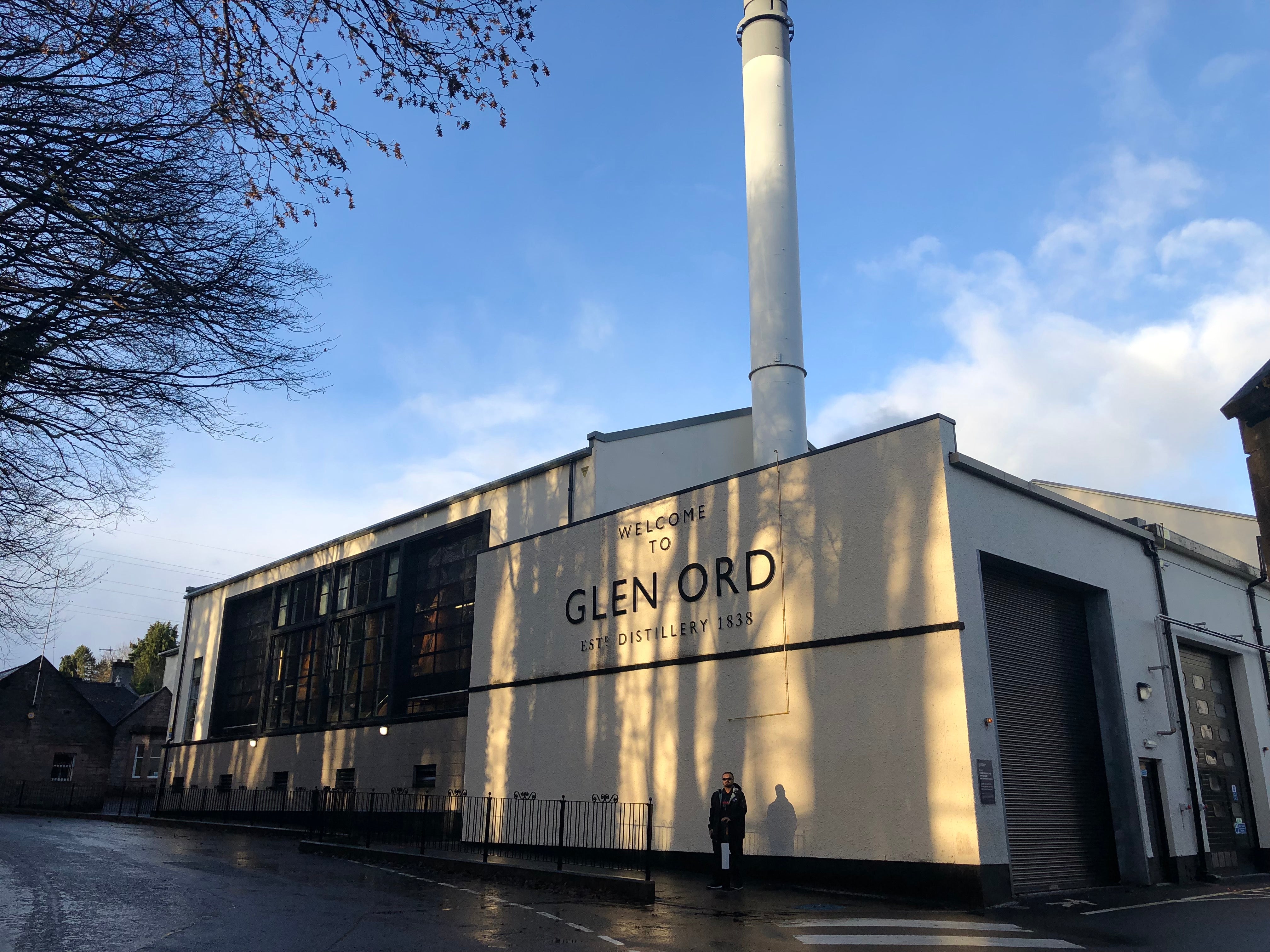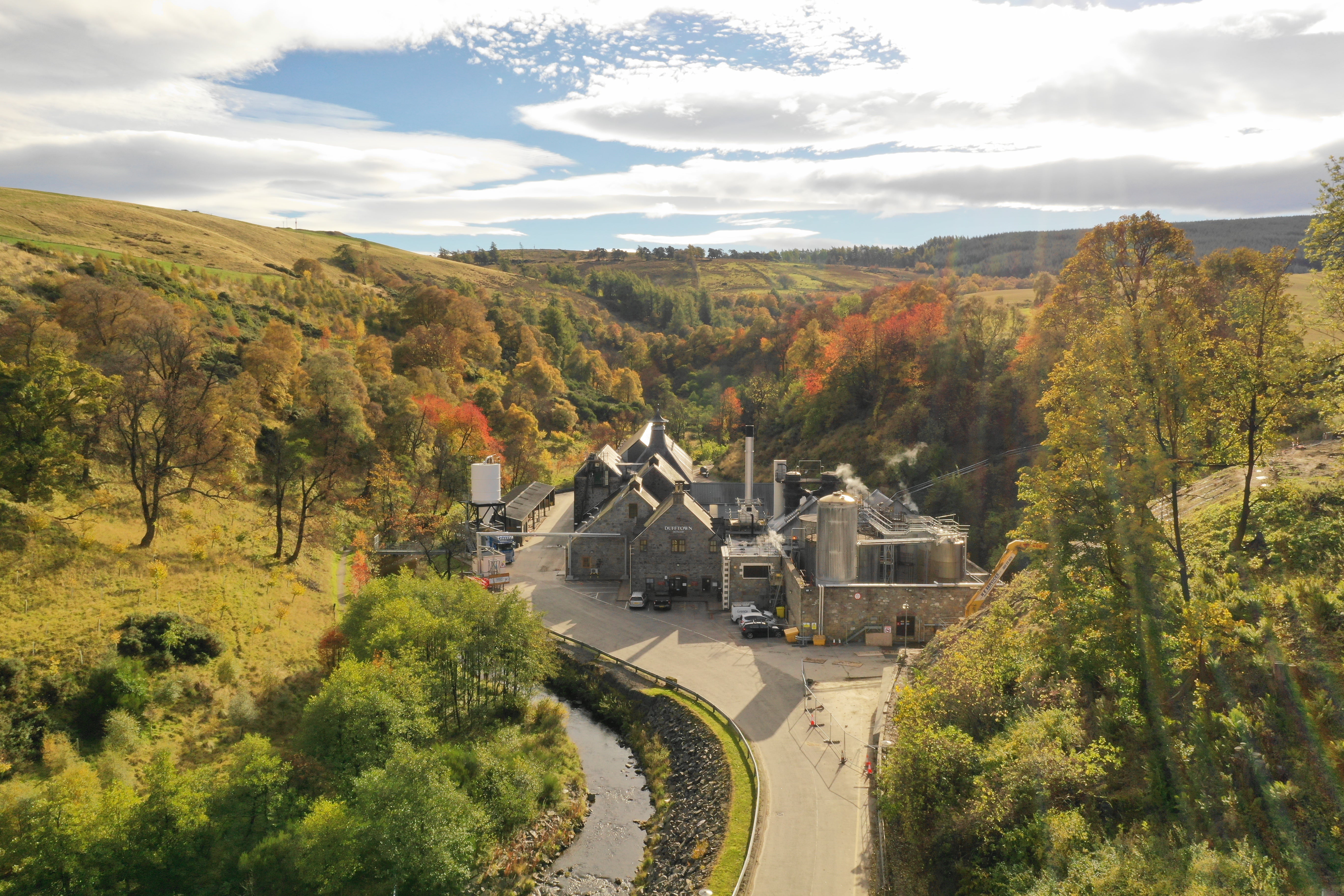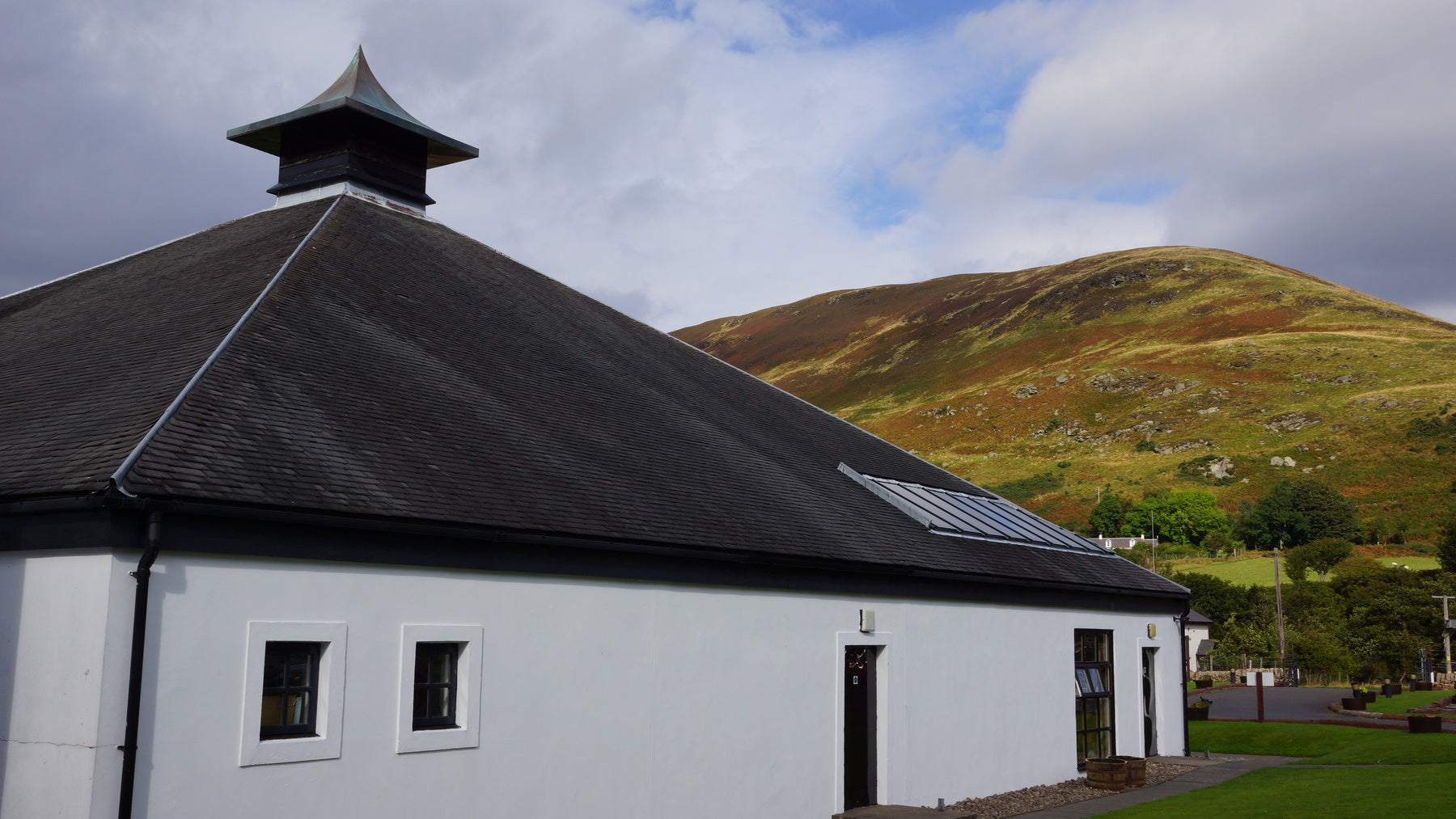
Glen Ord Distillery
Douglas Laing and Signatory Vintage have performed the majority of independent bottlings available on the market today from Glen Ord distillery, so finding any other independent bottlings from the distillery is an almost impossible mission. Except for The Single Cask!
About
Clear wort, long fermentation, a high cut point, and copper-rich distillation create the irresistible aroma of Glen Ord's new make spirit, which smells like a freshly cut lawn. The 'conversation' between vapour and copper is extended by keeping the water in the shell and tube condensers hot. The actual condensing takes place in after-coolers. Later in the process a sweet toffee undertone, and gingery spice are added through maturation when the low levels of peat smoke also reveal themselves.
History of Glen Ord whisky distillery
In 1838, Thomas Mackenzie founded Glen Ord Distillery on the same land that was awarded to the MacKenzie family by King Alexander III of Scotland in 1263. After a bankruptcy in 1847 the distillery was put up for sale and laid silent until 1855, when Alexander McLennan and Thomas McGregor purchased it.
After several purchases and one name change, in 1923 the distillery was purchased by John Dewar & Sons who immediately changed back the distillery name to Glen Ord. Two years later it was absorbed into the greater DCL (Diageo) estate.
Now it's one of just three distilleries in the world that can meet their malt needs on their own (others are Roseisle and Springbank). In 1961, the old floor maltings were replaced with Saladin boxes, which were then demolished when the big drum maltings were constructed in 1968. It now produces malt for all of Diageo's northern plants, like Talisker, and, on rare occasions, the heavily peated Islay malt! Due to the incredible demand for blends after the 2000's Glen Ord distillery had to expand twice, to meet the demand for Diageo's Singleton and Johnny Walker blend.
Highland Region
Highland is the greatest of all whisky regions and provides a huge variety of different flavours and characters. It goes from the lighter whiskies all the way through salty coastal malts.
While malts from the West Highland distilleries tend to have a sweet start and dryish finish, the far North Highland malts character are greatly influenced by the local soil and the coastal location of the distilleries giving light bodied whiskies with a spicy character and a dryish finish, sometimes with a trace of saltiness. Central, Southern and Eastern Highland malt whiskies are generally quite a mixed bunch. Fruity and sweet. They are lighter bodied with a tendency to have a dry finish.
|
Whisky Type Single Malt |
Working |
|
Brands The Singleton |
Capacity(MLPA) - |
|
Fermentation Time 75hrs |
Grist weight (T) 12.5 |
|
Malt specification Lightly peated |
Mash Tun Material Lauter |
|
New-Make Strength 66-68% |
Spirit Still Charge (L) 16,200 |
|
Spirit Still Size (L) - |
Warehousing - |
|
Wash Still Shape |
Washback Type 8 wood, 2 steel |
|
Washbacks 10 |
Yeast type Creamed |
|
Condenser type Shell and tube |
Filling strength 63.5% |
|
Heat source Steam |
Malt supplier Mainly in House |
|
Mash Tun Type Lauter |
Single Malt percentage - |
|
Spirit still shape Plain |
Stills 6 |
|
Washback type 8 wood, 2 steel |
Water source Loch Nam Bonnach, Loch Nan Eun |
|
Parent company Diageo |
Current owner Diageo |
|
Contact +44 1463 872004 |
Website: - |
|
Address Glen Ord Distillery |


